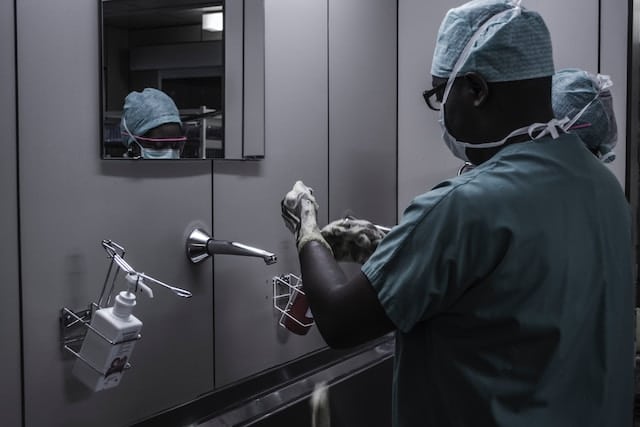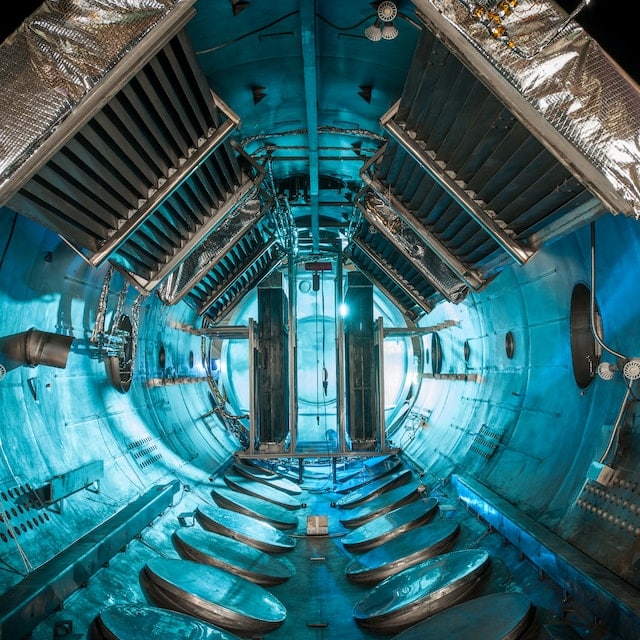The fusion of technology and biology has given rise to numerous innovations, streamlining processes, enhancing accuracy, and ensuring safety in numerous biotech applications. One such application where this fusion is unmistakably evident is in aseptic procedures, particularly those related to the pharmaceutical and biotechnology industries. Dive in as we explore the intricacies of these techniques, the technology behind them, and their importance in ensuring the efficacy of treatments worldwide.
1. Aseptic Procedures: A Brief Overview
Aseptic techniques are designed to prevent contamination from harmful microorganisms during procedures that require a sterile environment. These techniques are especially crucial in situations where the introduction of contaminants can have detrimental outcomes, such as during the manufacture of sterile medications or vaccines.
To learn more about the basics of aseptic techniques, this resource by Lab Training provides a comprehensive breakdown.
2. Why Aseptic Procedures Matter
In the biopharma industry, the slightest contamination can jeopardize an entire batch of products, potentially causing harm to patients and resulting in substantial financial losses. Therefore, maintaining an aseptic environment during specific stages of production is of paramount importance. It ensures the safety, efficacy, and stability of products, particularly those that cannot be sterilized at the end of the production process.
3. Sterile Fill and Finish: The Final Frontier
One of the most critical stages where aseptic techniques come into play in the biopharma sector is during the fill-and-finish process. This involves transferring the produced medication or vaccine into its final container, such as a vial or syringe, without introducing any contaminants. Pioneers in this field, like the sterile fill and finish by GBI Bio, utilize state-of-the-art technology to ensure that products remain uncontaminated and safe for their intended use.
4. The Role of Automation in Aseptic Procedures
As the demand for biopharmaceuticals grows, companies are increasingly turning to automation to enhance the efficiency and safety of their aseptic procedures. Automated systems reduce the human element, which is often a significant source of contamination. These systems ensure consistent and repeatable processes, reducing errors and increasing the overall yield of uncontaminated products.

For a deeper dive into automation in the biopharma sector, Pharma Manufacturing’s analysis is a valuable read.
5. Barrier Systems: Keeping Contaminants Out
Barrier systems, such as isolators or Restricted Access Barrier Systems (RABS), are technological solutions designed to separate the product from potential sources of contamination, including operators. These systems offer an added layer of protection, ensuring that the environment remains sterile throughout the aseptic procedure.
6. Training & Expertise: The Human Element
While technology plays a significant role in maintaining aseptic conditions, the importance of trained professionals cannot be understated. Regular training ensures that operators understand the importance of aseptic techniques, can identify potential sources of contamination, and take the necessary precautions.
The Parenteral Drug Association (PDA) offers various resources and training programs emphasizing the importance of human expertise in aseptic processes.
7. Challenges and Future Directions
The constantly evolving landscape of pathogens, combined with the increasing complexity of biopharmaceutical products, presents ongoing challenges for maintaining aseptic conditions. Future advancements in this domain will likely focus on enhancing automation, refining barrier systems, and leveraging artificial intelligence to predict and prevent contamination events.
8. Tech and Bio: A Symbiotic Relationship
It’s clear that as the biopharma industry progresses, the reliance on technology to ensure the safety and efficacy of products will only grow. The symbiotic relationship between tech and bio underscores the importance of continued innovation, research, and collaboration across both fields.
Conclusion: The Unseen Guardian of Global Health
While often overlooked in discussions about modern medical advancements, aseptic procedures and the technology behind them act as the unsung guardians of global health. By ensuring that treatments and vaccines are produced without contamination, these procedures ensure that the promises of modern medicine can be safely and effectively delivered to those in need.













Leave a Reply